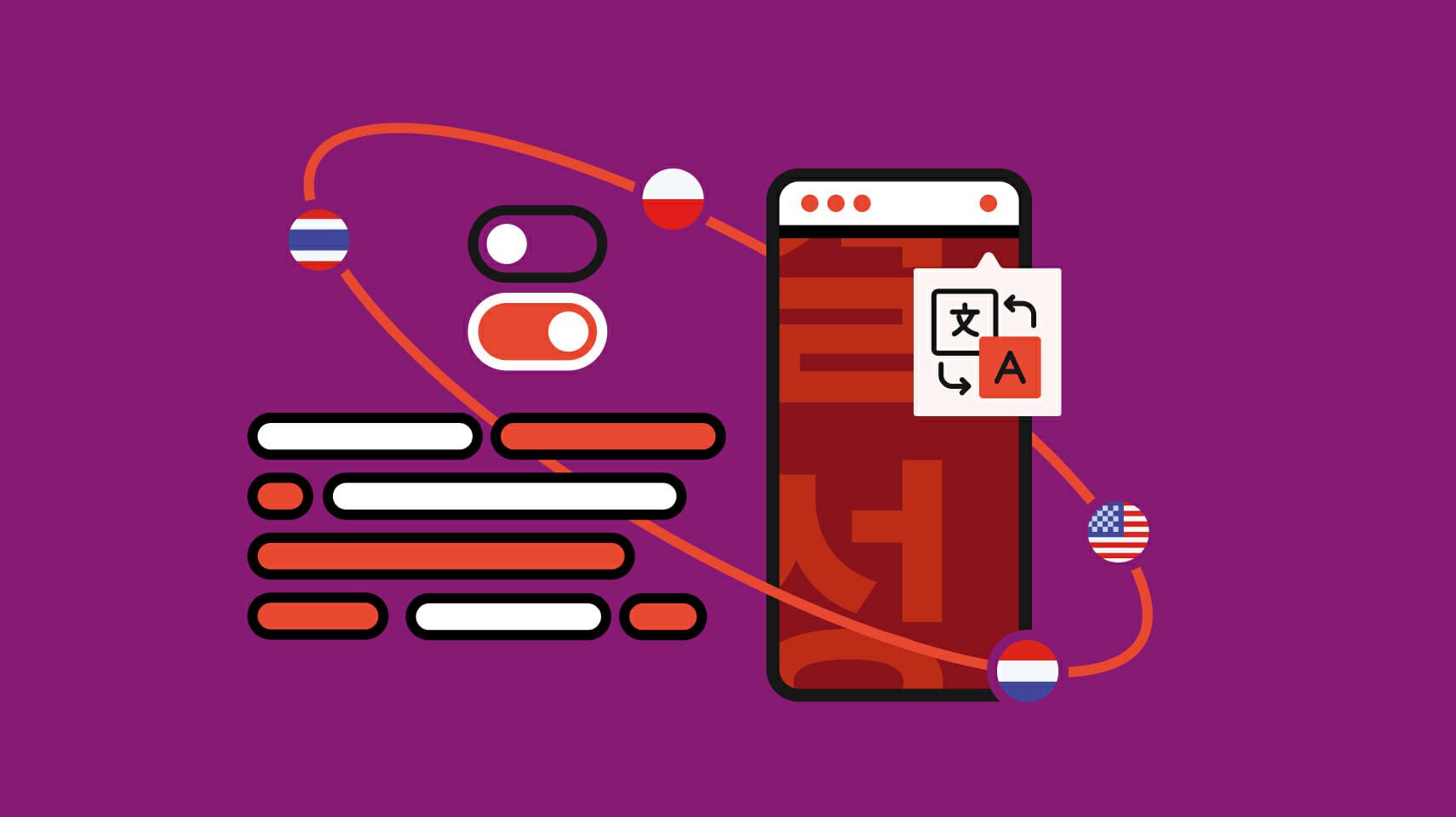Starting a tech company without a technical background can feel like standing at the foot of a mountain. You have a brilliant idea, a clear vision, but the path to building it seems shrouded in complex terminology and technical challenges. The good news is that thousands of successful apps have been launched by non-technical founders. The key isn’t knowing how to code, but knowing how to navigate the process, assemble the right team, and manage the project effectively. This detailed guide is your roadmap.
1. Decoding the Mobile App Development Lifecycle
Before you can build an app, you need to understand the journey. Think of it as a multi-stage process where each phase builds on the last.
- Discovery & Strategy: The Blueprint Phase This is arguably the most critical stage. Instead of jumping straight into coding, you must first define your app’s purpose.
- User Persona & Market Research: Who is your target user? What problem does your app solve for them? A strong understanding of your audience will guide every design and feature decision.
- Feature Prioritization (The MVP): You can’t build everything at once. Focus on the core features that solve the primary problem. This “Minimum Viable Product” (MVP) allows you to launch faster, gather user feedback, and iterate.
- Monetization Strategy: How will your app make money? Consider subscription models, in-app purchases, or ad revenue from the very beginning.
- Design (UI/UX): The User’s Journey A great app isn’t just functional; it’s a pleasure to use. This phase is divided into two key areas:
- User Experience (UX): This is the core logic and flow of your app. It’s about how users navigate from one screen to another. Is it intuitive? Is the process logical?
- User Interface (UI): This is the visual aspect—the colors, fonts, buttons, and overall aesthetic. UI brings the UX to life. A well-designed app will retain users and build trust.
- Development: Bringing Your App to Life This is where the code is written. It’s a complex stage, but your primary role is to monitor progress, not write the code.
- Front-end vs. Back-end: The front-end is what your users see and interact with. The back-end is the server, database, and logic that powers the app’s functionality (user authentication, data storage, etc.).
- Platform Choice (Native vs. Cross-Platform): Your team will help you decide whether to build a native app (separate codebases for iOS and Android for the best performance) or a cross-platform app (a single codebase for both, which can be faster and more cost-effective).
- Testing & Quality Assurance (QA): The Bug Hunt Before your app reaches users, it must be thoroughly tested. This phase involves a team dedicated to finding and documenting every bug, glitch, or potential vulnerability. Types of testing include functional, performance, security, and usability testing. A polished, bug-free app is crucial for a positive first impression.
- Deployment & Launch: Hitting the Stores The final step is submitting your app to the Apple App Store and Google Play Store. This process includes creating compelling descriptions, screenshots, and videos. Your team will also help with App Store Optimization (ASO) to improve your app’s visibility in search results.
2. Finding and Hiring the Right Development Partner
This is the most critical decision you will make. Your choice of a development partner will determine the quality, speed, and cost of your project.
- Your Options:
- Freelancers: Can be cost-effective for smaller, single-feature apps. However, you’ll be managing multiple individuals (designer, front-end dev, back-end dev), which can be challenging.
- In-house Team: A great long-term solution, but expensive and time-consuming to build from scratch.
- Dedicated Agencies: A full-service agency is often the best choice for non-technical founders. They provide a cohesive team of designers, developers, and project managers.
If you are building your app from the ground up, a reputable mobile app development company in Dubai can provide a team of specialists to handle every aspect of the project. When vetting potential partners, go beyond the pitch. Ask these questions:
- Can you show me a portfolio of apps you’ve built?
- How will you handle project management and communication?
- What happens after the app is launched? Do you offer maintenance and support?
A great app development company in Dubai will not just build your app; they will be a strategic partner, guiding you through the technical and business challenges.
3. Managing the Project as the Visionary
As the founder, your role is not to write code. It is to be the Product Owner. You are the one who understands the market, the user, and the ultimate vision. Here’s how to manage effectively:
- Communicate Clearly and Often: Establish a regular communication schedule. Be available to answer questions and provide feedback. Don’t be afraid to ask for explanations in simple terms. Your mobile app developer in Dubai should be able to explain the “what” and “why” behind their technical decisions.
- Establish Milestones and Feedback Loops: Work with your team to create clear project milestones. Provide timely, constructive feedback at each stage. This prevents major issues from arising late in the process.
- Trust and Delegate: You hired experts for a reason. While you are the visionary, you must trust the technical expertise of your team. This allows the app developer in Dubai to focus on what they do best: building a robust and scalable product.
4. Custom vs. Off-the-Shelf: When to Go Bespoke
Your app idea might be so unique that it requires a custom solution. This is where a custom app developer in Dubai truly shines.
- When to Choose Custom Development:
- Your app requires unique functionalities not found in standard solutions.
- You need to integrate with specific third-party services or APIs.
- You have a complex back-end or data management requirements.
- You need full ownership and control over the code for future scalability.
A custom app developer in Dubai specializes in building bespoke solutions from scratch, ensuring your app is perfectly aligned with your vision and business model.
In conclusion, your lack of a technical background is not a weakness—it’s a strength. It allows you to focus on the business, the user, and the overall vision. By understanding the development process, choosing a reliable partner, and managing the project with clear communication, you can turn your brilliant idea into a thriving mobile application.




